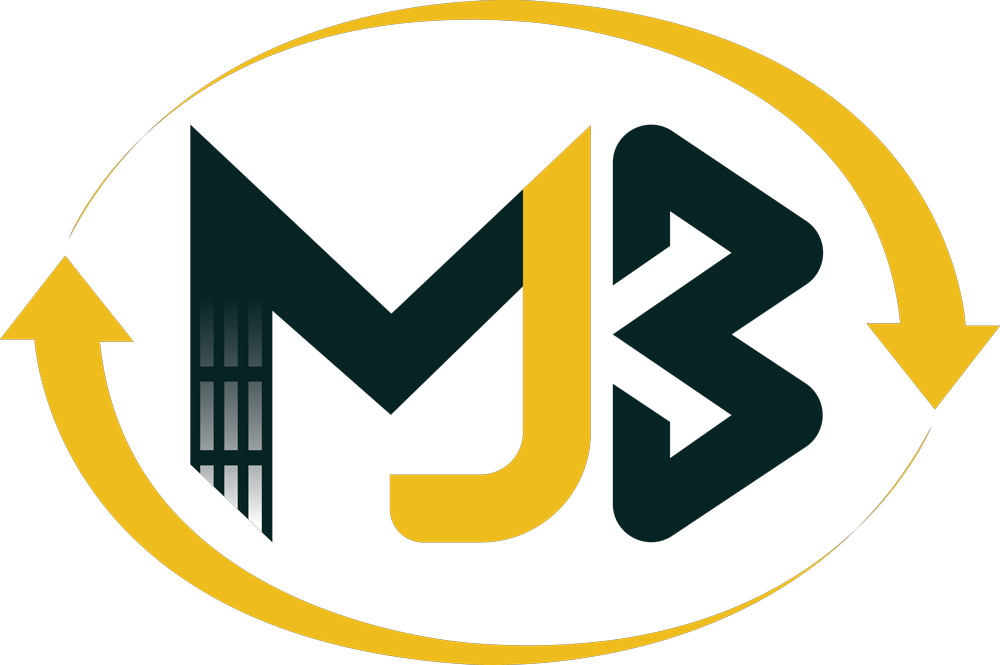
Inventory Control
Inventory control support at MJB involves managing and optimizing the levels of products, materials, or goods that a business or organization holds in stock. Effective inventory control is crucial for maintaining efficient operations, reducing costs, and ensuring that products are available to meet customer demands without causing overstocking or stockouts. Here are some key aspects of inventory control support we offer:
1. Demand Forecasting: Accurate demand forecasting is essential for inventory control. Businesses use historical data, market trends, and predictive analytics to estimate future demand for their products. This helps them determine how much inventory to order and when to reorder. We do offer agile and lean approaches considering the industry standard of the clients.
2. Reorder Point (ROP): The reorder point is the inventory level at which a new order should be placed to replenish stock before it runs out. It is calculated based on factors such as lead time (the time it takes for an order to be delivered) and the expected demand during that lead time.
3. Safety Stock: Safety stock is the extra inventory maintained to guard against unexpected fluctuations in demand or supply chain disruptions. It acts as a buffer to prevent stockouts in case of unforeseen circumstances. COVID-19 left a huge lesson for all of us to reconsider the safety stock strategy for continued operations.
4. Economic Order Quantity (EOQ): EOQ is the optimal order quantity that minimizes the total inventory costs, including ordering costs and holding costs. It helps strike a balance between the costs of ordering too frequently (small quantities) and ordering in large quantities (high holding costs).
5. Just-In-Time (JIT) Inventory: JIT is a strategy that aims to minimize inventory levels by receiving goods only when they are needed in the production process or for fulfilling customer orders. This approach reduces holding costs but requires a well-optimized supply chain. This has been very critical when the inventory is coming from overseas.
7. Technology and Software: Inventory management software and tools help businesses automate various aspects of inventory control, including order tracking, demand forecasting, real-time inventory tracking, and reporting.
8. Supplier Collaboration: Building strong relationships with suppliers can help in improving lead times, quality control, and the ability to respond to changes in demand.
9. Stock Rotation: This is particularly important for businesses dealing with perishable goods or products with expiration dates. Older inventory should be used or sold before newer stock to prevent waste.
10. Continuous Monitoring and Analysis: Regularly reviewing inventory performance metrics, such as turnover rates, stockout rates, and carrying costs, helps in identifying areas for improvement and adjusting strategies accordingly.
Effective inventory control support requires a well-defined strategy that aligns with the organization's goals and supply chain capabilities. It's an ongoing process that requires constant refinement based on changing market conditions, customer preferences, and business objectives.





